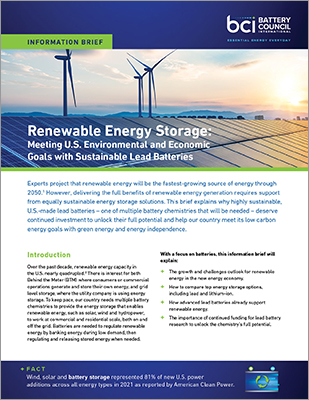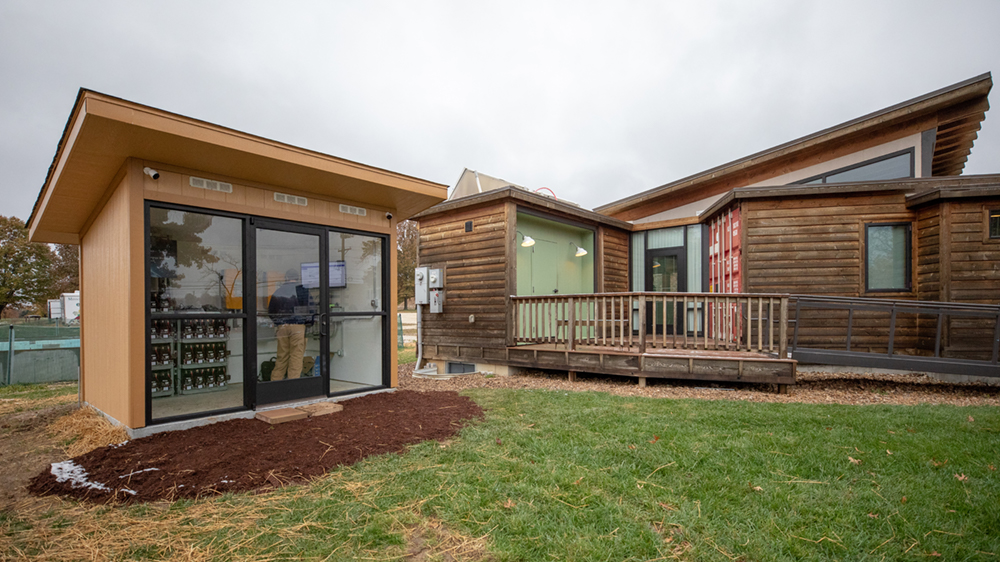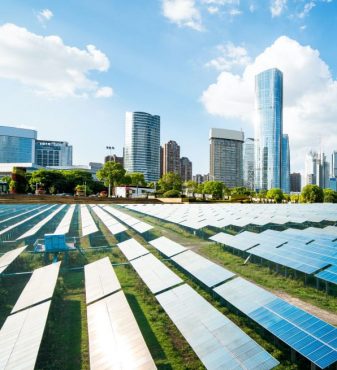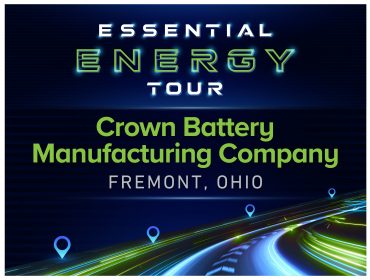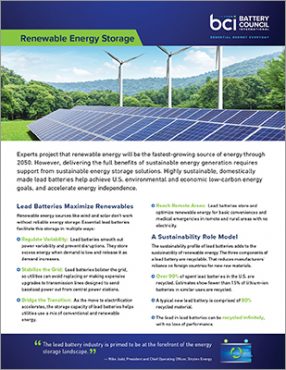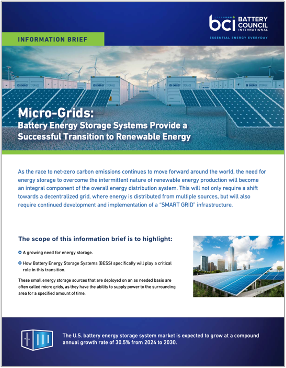Experts project that renewable energy will be the fastest-growing source of energy through 2050. The need to harness that energy – primarily wind and solar – has never been greater. Batteries can provide highly sustainable wind and solar energy storage for commercial, residential and community-based installations.
A Model of Sustainability and Circularity
Today’s innovative lead batteries are key to a cleaner, greener future. They’re also the most environmentally sustainable battery...


